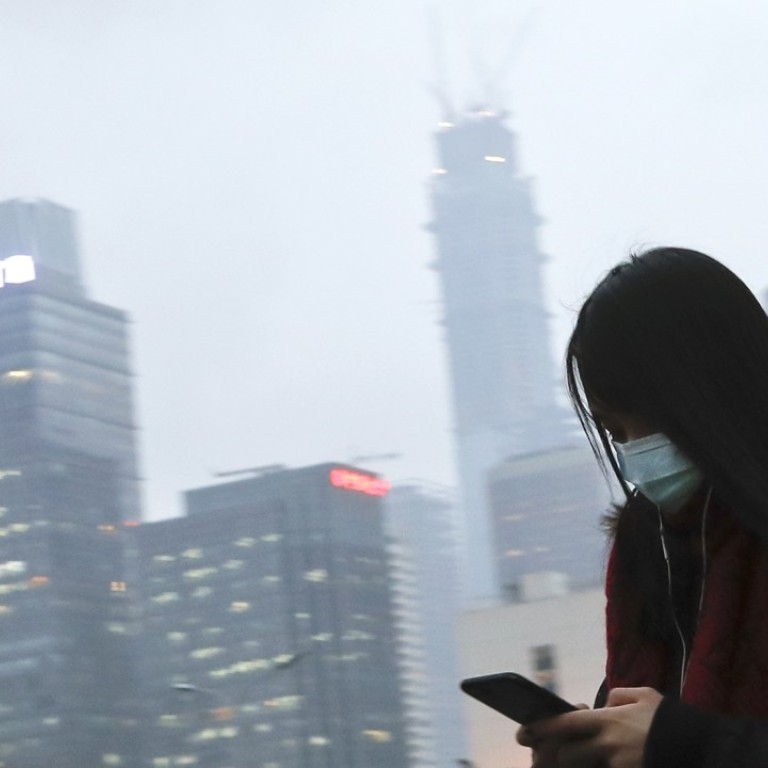
China’s coal heartland aims for big cuts in pollutants over winter
City mayors, senior party officials to be held accountable for meeting tough targets during October-March period
Authorities in northern China’s Shanxi province, the country’s top coal producing region, will aim to cut concentrations of hazardous airborne particles known as PM2.5 by 40 per cent over the winter months, according to state media.
They would also aim to cut concentrations of sulphur dioxide – a key component of smog – by 40 per cent in the October-March period, Xinhua said, citing the province’s environmental protection bureau.
China is struggling to meet politically important air pollution targets for this year, with the coming winter season expected to see smog worsen in some regions, particularly in the north.
The World Health Organisation recommends PM2.5 concentrations of no more than 10 micrograms per cubic metre, yet China’s official air quality target is only 35 micrograms and much of the country records well above that level.
Provincial authorities have already promised to put municipal governments under more pressure to meet pollution targets, saying city mayors and top Communist Party officials will be held fully accountable if air quality declines this winter.
Shanxi is one of six northern regions included in an intensive campaign to reduce smog this winter.
In a groundbreaking policy document published in 2013, the central government pledged to reduce PM2.5 by more than a quarter in the heavily polluted region of Beijing-Hebei-Tianjin.
It also promised to bring PM2.5 concentrations down to 60 micrograms per cubic metre in Beijing.
However, a spike in smog in January and February this year has put the targets in jeopardy, forcing the government to take special action to reduce industrial activity in the region this winter, especially when residential heating systems are switched on next month.
According to a 143-page document published in August, 28 cities in northern China will aim to cut PM2.5 levels by at least 15 per cent this winter, with Beijing aiming to make cuts of more than 25 per cent from October to March 2018.

